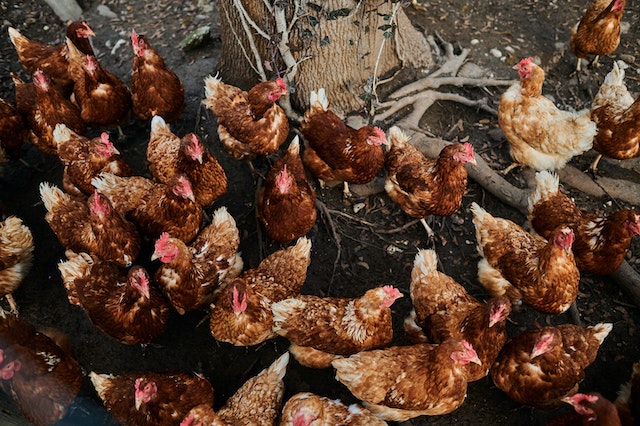Poultry Feed
Low Cost Poultry House Plans for 1000 Chickens
When it comes to constructing a low-cost poultry house for 1000 chickens, there are several factors to consider. Here’s a basic plan that can help you create an affordable yet functional poultry house:
Design and Layout
- Foundation: Start with a solid, level concrete foundation to provide stability and prevent moisture infiltration. Proper drainage should be incorporated into the foundation design.
- Walls: Use concrete blocks or locally available materials such as bamboo or timber frames with wire mesh for the walls. This allows for ventilation while ensuring protection from predators.
- Roofing: Consider using cost-effective materials like galvanized iron sheets or thatch. Ensure proper insulation to regulate temperature and protect against extreme weather conditions.
- Doors: Install sturdy doors at appropriate intervals for easy access, cleaning, and movement of birds. Use durable materials such as metal or treated wood.
- Ceiling: Opt for a high ceiling to improve air circulation and provide ample vertical space for the birds.
Ventilation and Lighting
- Natural Ventilation: Incorporate windows with adjustable shutters on both sides of the poultry house to facilitate cross-ventilation. This helps maintain fresh air flow and regulate temperature.
- Ridge Ventilation: Consider adding a ridge vent along the length of the roof to enhance vertical airflow and heat dissipation.
- Artificial Lighting: Install energy-efficient LED lights to provide adequate illumination during the nighttime hours. The lighting should be evenly distributed to prevent shadows and promote bird activity.
Internal Infrastructure
- Nesting Boxes: Design nesting boxes with suitable dimensions and materials such as wood or plastic. Ensure easy access for egg collection and regular cleaning.
- Feeding and Drinking Areas: Install feeders and drinkers at appropriate heights to accommodate the birds’ size. Use robust materials that are easy to clean and maintain.
- Roosting Perches: Provide adequate perching space, allowing at least 6-8 inches per bird. Use rounded or smooth-edged perches to prevent foot injuries.
- Flooring: Concrete flooring is ideal for its durability and ease of cleaning. Consider adding a thin layer of bedding material such as straw or wood shavings to improve comfort and absorb moisture.
- Partitioning: If required, use wire mesh or removable dividers to create separate sections within the poultry house. This allows for easier management of different age groups or breeds.
Biosecurity Measures
- Biosecurity Barrier: Create a physical barrier around the poultry house to restrict access to unauthorized personnel and animals. Use fencing or wire mesh to prevent potential disease transmission.
- Footbaths: Establish footbaths at the entrance filled with a disinfectant solution to disinfect footwear and minimize the introduction of pathogens.
- Quarantine Area: Dedicate a separate area within the poultry house or in an adjacent space for isolating sick or new birds. This helps prevent the spread of diseases to the entire flock.
- Sanitation: Implement strict sanitation practices, including regular cleaning and disinfection of the poultry house, equipment, and surroundings. Proper waste management should be followed to minimize disease risks.
It’s important to adapt these details based on the specific requirements, climate conditions, and regulations of your area. Consulting with local experts and experienced poultry farmers will provide valuable insights for the successful construction of a low-cost poultry house.

